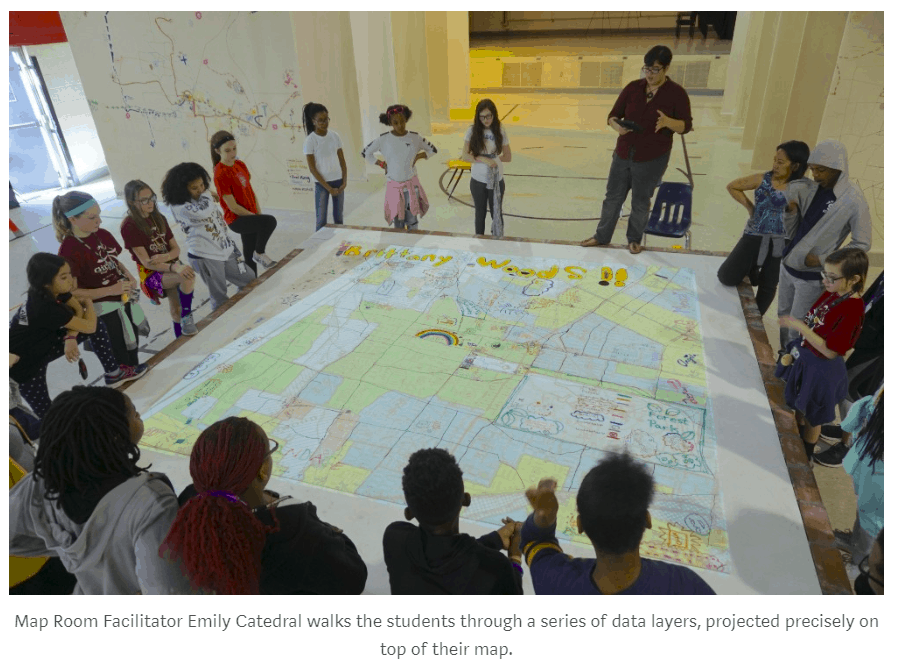For Your Consideration
The Conversation published an article this week by an North Carolina State University PhD student on her dissertation studying funding for instructional materials for science teachers. Here are a few key findings:
- 70 percent of teachers reported not having adequate funding for high-quality science materials, such as lab equipment and supplies.
- The typical middle or high school science teacher spends $450 of their own money each year to buy instructional material.
- Rural and urban science teachers spent more out of pocket and were more likely to report not having adequate funding than suburban teachers.
In the Weeds
The Economic Policy Institute released their Class of 2018 report this week examining the labor market outcomes for college graduates ages 21 to 24. The good news is the class of 2018 has better job prospects than the classes of 2009 to 2017. The bad news is they are not doing nearly as well as graduates in the early 2000’s and gender and racial wage gaps have both increased.
- The unemployment rate of new college graduates is 5.3 percent but the underemployment rate is 11.1 percent.
- The gender wage gap has grown over the past 18 years from a pay penalty of 11.0 percent to 14.7 percent, largely a result of men’s wages increasing and women’s wages remaining stagnant.
- Since the recession, black wages have fallen significantly, and black college graduates now face a pay penalty of 16.8 percent compared to white college graduates.
Food for Thought
A colleague sent me an interesting article today about the St. Louis Map Room, a closed middle school gym that has been re-purposed into a space where people can draw large scale maps of their communities. Groups can share their experiences by drawing the spaces and places that have meaning for them. They can then project multiple different sources of data on top of their maps.

Social cartography, or this activity of mapping social realities, is a fascinating way to better understand the experiences of different groups in a community, and the article is well worth the quick read.
What we're reading
The Promise of Vaping and the Rise of Juul
Teens have taken a technology that was supposed to help grownups stop smoking and invented a new kind of bad habit, molded in their own image.... Read the rest-
‘Odd’ sightings show big predators want their habitats back
-
How Health Care Changes When Algorithms Start Making Diagnoses
-
A Design Lab Is Making Rituals for Secular People
-
Why Most States Are Struggling to Regulate Airbnb
-
Your shampoo, hair spray and skin lotion may be polluting the air
-
For The Babies Of The Opioid Crisis, The Best Care May Be Mom’s Recovery


